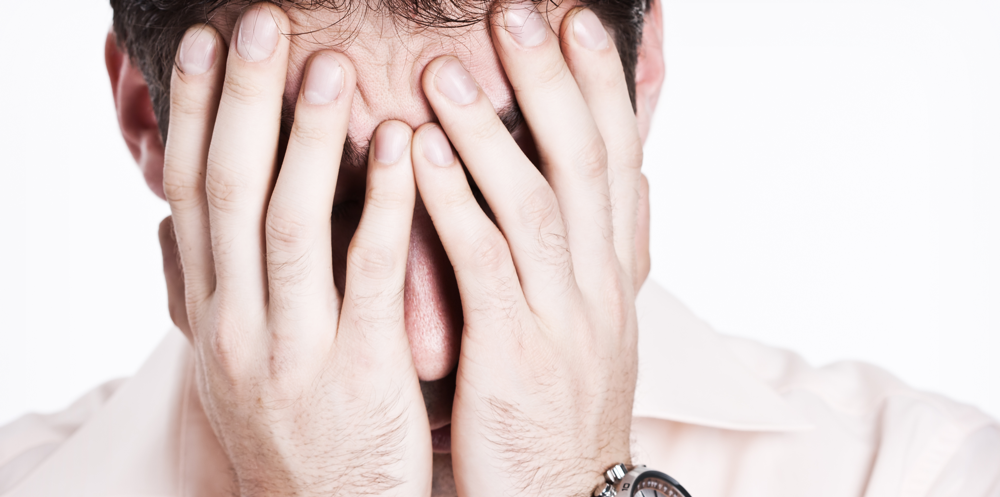Expert Help for OCD
Take Your Life Back from OCD
Offering expert treatment for all types of OCD, including unwanted obsessional thoughts. Our OCD treatment program is typically 10 weeks. We offer twice-weekly sessions, groups, and intensive programs. Intensive program can be in person or online. Low cost options available. Contact us...
Behavioral Wellness Clinic
392 Merrow Rd, Suite E,
Tolland, CT 06084
Office: (860) 830-7838
OCDTYPES
Obsessive-compulsive disorder comes in many forms
13 Exposure Ideas for HOCD
What is HOCD
HOCD is an excessive fear or thought that you might be or may become homosexual. People with HOCD suffer from intrusive thoughts and intrusive images of same sex sexual behaviour.

Everybody’s HOCD is different.
Some people have only intrusive thoughts, some have only intrusive feelings, some people have only intrusive images, urges or impulses.
Some people have a combination of them all.
No two people experience their HOCD the same way.
People with HOCD may have different compulsions. Some people have physical compulsions and rituals that they complete to try and alleviate anxiety and discomfort. Some people have mental compulsions. Some people have compulsions that are so subtle that they don’t even know they are doing them.
People with HOCD are not homophobic, rather, their fear comes from the uncertainty of not knowing for sure their sexual orientation and questioning if they know who they really are or not. HOCD is an anxiety response to uncertainty about one’s identity.
Examples of physical compulsions could be:
- Watching porn to see if there’s a groinal response
- Avoiding any movies with main characters that are homosexual
- Avoiding photos and images of homosexual couples holding hands or kissing
- Googling “am I gay?”
- Seeking reassurance from family and friends: “do you think I am gay?”
Examples of mental compulsions could be:
- Reassuring yourself in your head that you’re not gay
- Reflecting on your past and searching your memories for any instances where you may find evidence that you are gay
- Thinking about friends of the same gender and questioning whether you’re attracted to them
What is EPR and how can I do it?
Exposure, response prevention (ERP) is the gold standard treatment for all
subtypes of OCD. The purpose of ERP is to expose yourself to your triggers with the intention of not responding to them with a compulsion or ritual. Initially, ERP can cause much discomfort and anxiety and can be overwhelming if you have not done it before. As such, self-exposure is not a recommended approach. It is always recommended to find a therapist that specializes in OCD treatment and ERP to help guide you through your OCD recovery.
Please keep in mind that the following exposure examples of what an ERP session might entail and will not work or apply to every case of OCD, as every case of OCD is different.
If some of these exposures cause you a great deal of anxiety, start with an exposure that causes you less anxiety.
Step 1.
For ERP to work, you must understand your triggers. Spend a week or so paying attention to what triggers an intrusive thought or image. Write down or record the triggers and your responses to them. You can use a self-administered Y-BOCS for this.
Step 2.
Once you have identified your triggers and intrusive thoughts/images, list them in order of least stressful to most stressful on a scale of 1-10. Do this for each trigger.
Step 3.
Start with something on your list that is a stress response of 6-7 out of 10. You don’t want to start with something so stressful that you are unable to complete the exercise.
Exposure Ideas for HOCD
Write out the word gay, or what If I’m gay, over and repeatedly. While doing this, practice not doing a compulsion. You want to write this repeatedly. Cover the paper front to back, corner to corner. Keep going until your anxiety starts to reduce and you become bored.
Write a silly poem about your intrusive thought. “Am I gay? Maybe I am, today!”
Sing your intrusive thoughts “Am I gay? Yes, I’m gay!” Record yourself speaking your thoughts and images out loud and then replay it repeatedly on loop. Maybe you can only start with 30 seconds to 1 minute on day one. Gradually increase the amount of time that you can listen to your thought until your anxiety starts to wane.
Agree with the thought — flippantly, sarcastically, with a sense of humour “yep! You’re probably right. I am gay!” Being lighthearted about it takes the edge off.
Looking at a photos of same sex couples holding hands, etc., touching it, “Oh wow the guy in those photos is handsome.” “Oh wow, I am attracted to her.”
Go to public places and look at members of the same sex, “Yep, they are attractive” and “Yep, I am attracted to them.”
Played scrabble or word games with your intrusive thoughts.
Stand in front of the mirror and look yourself deep in the yes – “Am I gay? Am I gay? Yes, I am gay. Yes, I am gay.”
Write a coming out letter to your friends and family (that you don't share).
Read coming out stories that others have written, without comparing yourself to the person.
Wear triggering clothes.
Put yourself in the company of your trigger with the intention of not responding. Response prevention is the purpose of ERP!
There is hope!
To a person struggling with HOCD, it may seem hopeless. But there are treatments that can give people relief. ERP, the gold standard treatment for OCD, is the most effective way to combat obsessions, intrusive thoughts, and compulsions.
Are you struggling with HOCD? Contact us today to find a therapist to help you.

